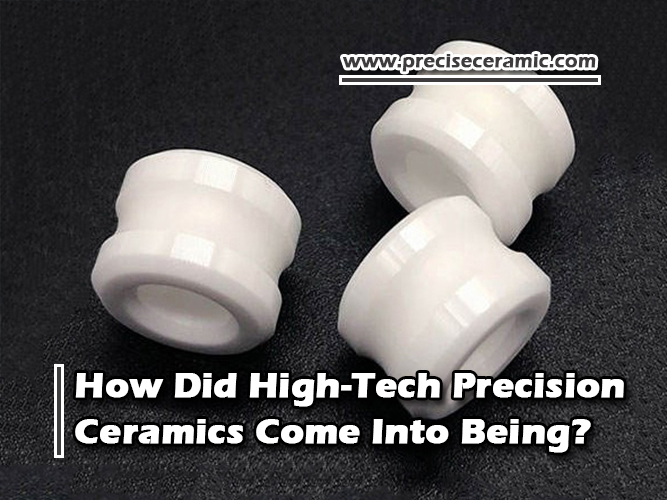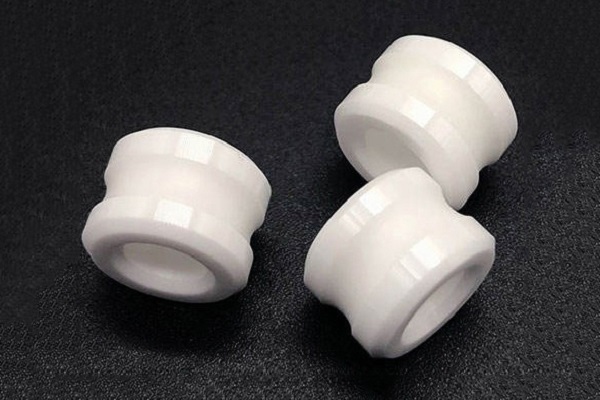Do you have any questions? Email Us
[email protected]

Zirconia ceramic parts are being increasingly applied in various industrial production settings, showcasing their many superior properties compared to other materials. This trend points to a growing popularity of ceramic parts within the industry. So, how are these high-quality ceramic parts produced?
Zirconia ceramics are highly versatile and find wide application in various industries due to their superior properties. They are commonly used for protection in various settings, such as thermometer tubes and insulation tubes in temperature measurement thermocouples, as well as in industrial furnaces, experimental furnaces, and heat treatment furnace tubes.
Furthermore, zirconia ceramic parts serve as excellent insulation instrument components in high-temperature, acid, and alkali corrosion environments. They are used as the basis for carbon tubes, fixed sulfur tubes, and other components for iron and steel chemical analysis.
Zirconia ceramics possess powerful mechanical strength, thermal shock resistance, high thermal conductivity, excellent insulation, and high softening temperature, making them ideal for use in many industries. These properties have made a significant impact in various fields, including aerospace, automotive, biomedical, and energy, to name a few.
Their remarkable mechanical strength and thermal shock resistance allow them to withstand harsh environments, making them suitable for creating components that can withstand extreme conditions. Their high thermal conductivity ensures efficient heat transfer, while their excellent insulation properties prevent electrical or thermal leakage. Additionally, their high softening temperature enables them to maintain their mechanical properties even in high-temperature environments.

The production process of zirconia ceramics typically involves three major steps, each of which is crucial to ensuring the quality of the final product.
The first step is the preparation of ceramic powder, which involves using a ball mill, ball, and spray dryer to control the ingredients.
Next is the pressing of the raw material, with the gel-forming method being used for sheet products less than 2mm and a molding process for ceramic porcelain pieces more than 2mm.
The third step is sintering and processing. For large quantities of sintered zirconia ceramics, a tunnel kiln can be used for continuous production. Processing is determined based on the complexity of the product, with some ceramics not requiring any processing and can be sold directly after mold forming.
Sintering is a process that involves sintering ceramic particles with compact ceramic particles to form solid materials. The sintering of zirconia ceramics eliminates voids between the particles in the billet, removes gas and impurity organic matter, and combines zirconia ceramic particles with each other to form a new substance. Zirconium oxide ceramics are widely used in heating devices and electric furnaces and can be sintered using various methods such as pressureless sintering, hot pressing sintering, and hot isostatic pressing sintering.
Continuous hot press sintering of zirconia ceramics can increase output, but the equipment and mold costs are high, and the length of the product is limited due to axial heating. Hot isostatic sintering uses high temperature and high-pressure gas as a pressure transfer medium and offers advantages such as homogeneous heating, making it suitable for sintering complex-shaped products. Hot isostatic pressing improves the material's performance by 30-50% compared to cold-pressed sintering and 10-15% compared to general hot pressing sintering. This makes it suitable for high-value-added zirconia ceramic products or special parts required by the national defense industry, such as ceramic bearings, mirrors, nuclear fuel, and barrel products.
Zirconia ceramics are increasingly popular in various industries due to their superior properties. The production process involves three major steps: preparation of ceramic powder, pressing of the raw material, and sintering and processing.
Advanced Ceramic Materials (ACM) supplies high-quality zirconia ceramics and related products to meet our customers’ R&D and production needs. Please visit https://www.preciseceramic.com/ for more information.